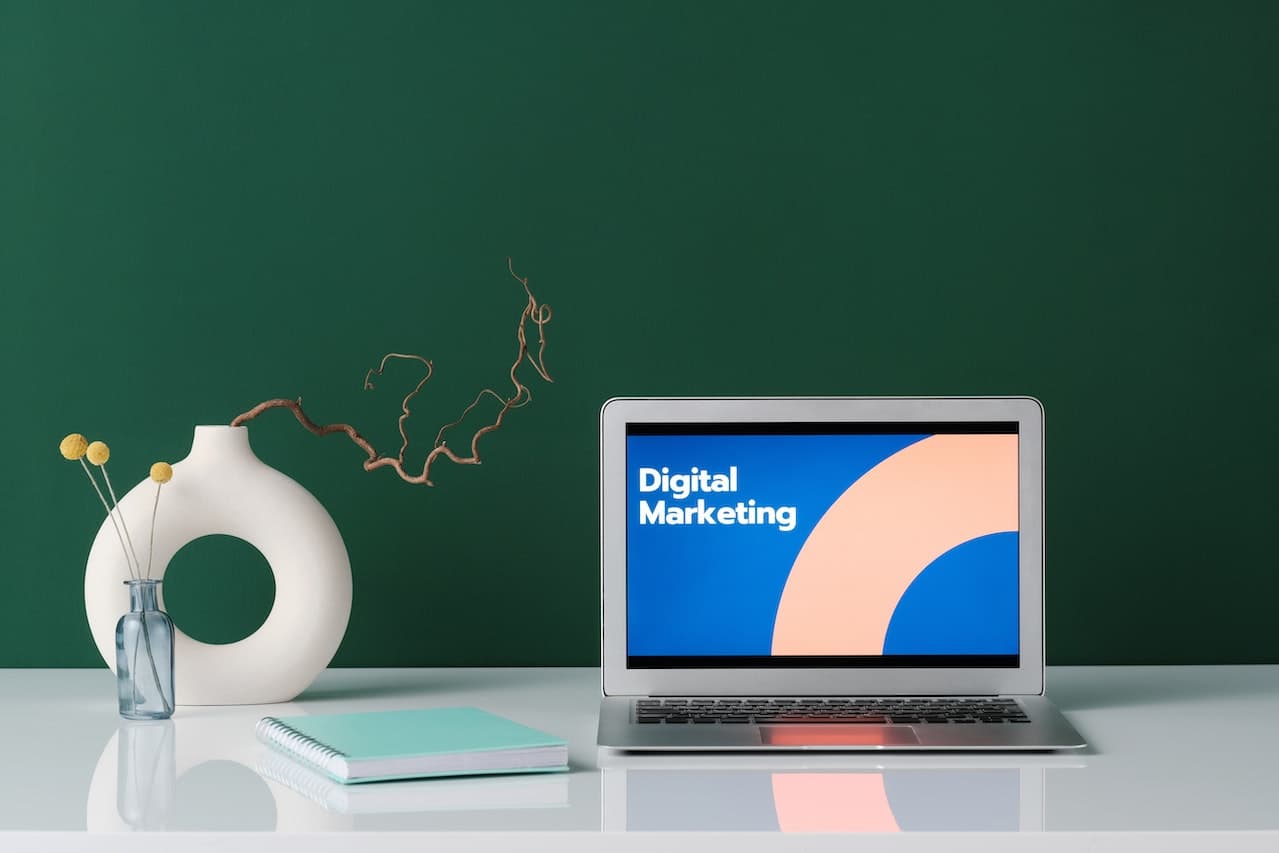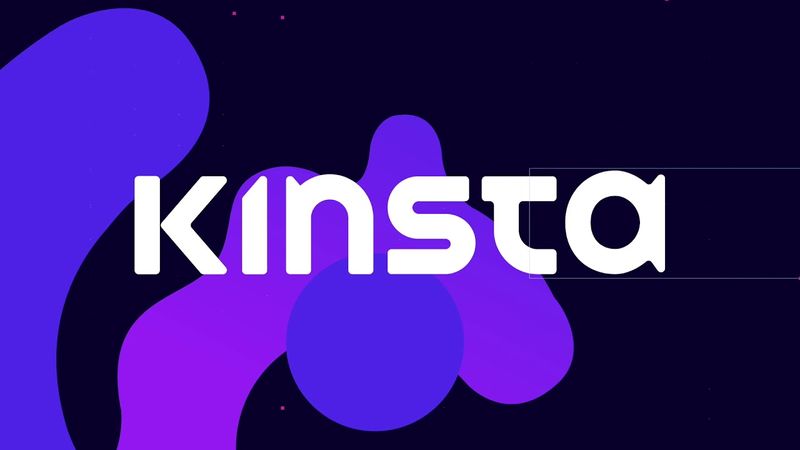Campaign management can become a juggling act as you add more channels, campaigns, and assets into the mix. After one too many missed deadlines and slipped projects, I realized I needed to get my martech stack to scale effectively.
Through years of testing platforms at my agency, I've identified the 8 must-have features that allow SaaS marketing teams to take their campaigns from chaotic to orchestrated. I recently led my team through an overhaul to implement a solution with these capabilities, and let me tell you - it's been a game changer!
If you're looking to get a handle on your growing marketing initiatives, use this checklist to find technology that streamlines processes, provides visibility, and sets you up for accuracy and consistency with every campaign launch. With the right campaign management solution, you can say goodbye to swirling chaos and welcome new levels of SaaS marketing success.
1. Multi-Channel Campaign Orchestration

The #1 requirement for any campaign management system is the ability to execute coordinated campaigns across multiple channels. This includes email, social media, paid search and display ads, SMS, direct mail, and more.
The software should provide a central dashboard to visualize and manage all campaign elements seamlessly. You shouldn't have to toggle between different applications to oversee each channel. With a unified view, you can ensure alignment across channels and quickly optimize based on performance data.
For example, if an email prospecting campaign generates a spike in new leads, you can double down on paid ads that target the same audience profile to accelerate momentum. This level of agility and synchronization is only possible with an integrated omnichannel platform.
2. Audience Segmentation and Targeting
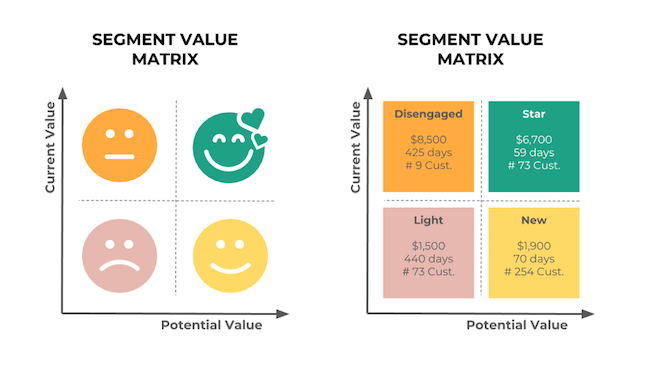
Not all prospects are created equal. To maximize campaign performance, you need to slice and dice your audience into finely tuned segments and serve each group the most relevant messages.
Look for software that offers robust segmentation tools to divide contacts based on attributes like demographics, behaviors, purchase history, and more. Integrations with your CRM and marketing automation system allow you to build dynamic lists using custom fields and scoring criteria.
Equally important is the ability to target these hyper-customized segments across channels. You would rather not limit specific content and offers only to email. Each integrated channel should support customized audience targeting for a personalized prospect experience.
3. Campaign Calendars and Scheduling
Juggling multiple campaigns and assets across channels can get disorganized quickly. The best systems provide campaign calendars with Gantt chart-style timelines to visualize all upcoming marketing activities.
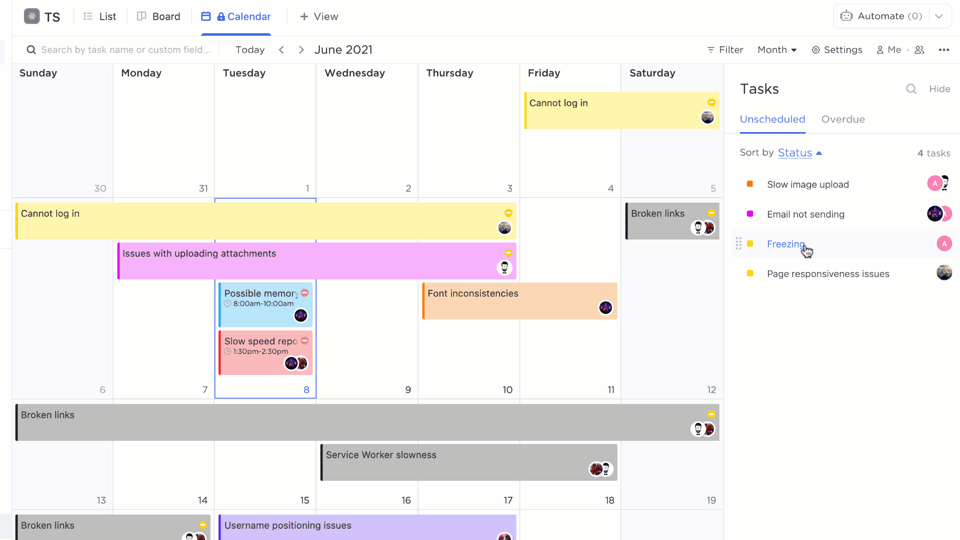
Even better are workload management features to assign tasks and track project progress. This allows you to schedule campaigns and assign team members well in advance to coordinate workloads.
When evaluating solutions, ensure they have tools to plan, schedule, and manage execution to keep campaign operations running smoothly. This level of oversight is invaluable as your marketing expands.
4. Asset Management and Tracking
Over the course of a campaign, you'll produce numerous creative assets including emails, landing pages, social posts, ads, and more. Keeping track of these assets can be a headache without a central repository.

Look for a solution that offers digital asset management capabilities. You'll be able to store, organize, and find campaign creative assets on demand. Even better, integration with marketing channels means you can publish and track performance data for each asset directly from the management hub.
This allows you to quickly identify and double down on top-performing assets while eliminating those that underperform. Asset management is key for maintaining brand consistency across campaigns and channels.
5. Marketing Performance Analytics
In the data-driven SaaS landscape, marketing analytics should be at the core of your martech stack. Make sure your campaign management solution provides holistic visibility into performance across every integrated channel and asset.
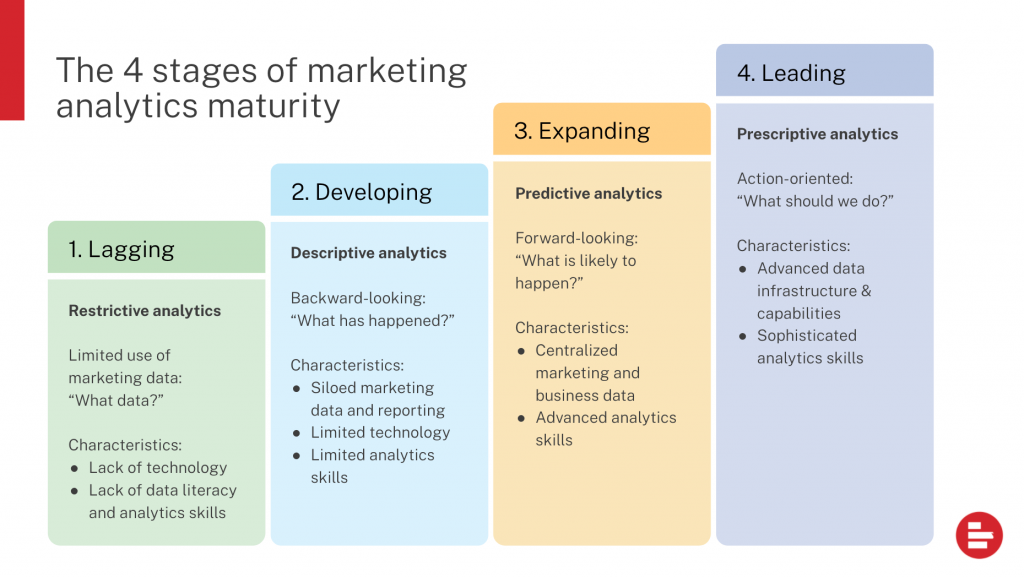
You want the ability to break down campaign results by channel, audience segment, asset type, time period, and more. Look for interactive dashboards that allow you to slice and dice campaign data to unlock insights and find optimization opportunities.
Analytics focused specifically on campaign ROI are also important. Attribution modeling will reveal which marketing activities are driving conversions so you can double down on tactics that deliver results.
6. Custom Reporting and Data Exports
While dashboards provide an immediate overview, you also need the ability to compile customized reports to share insights across your team and company.
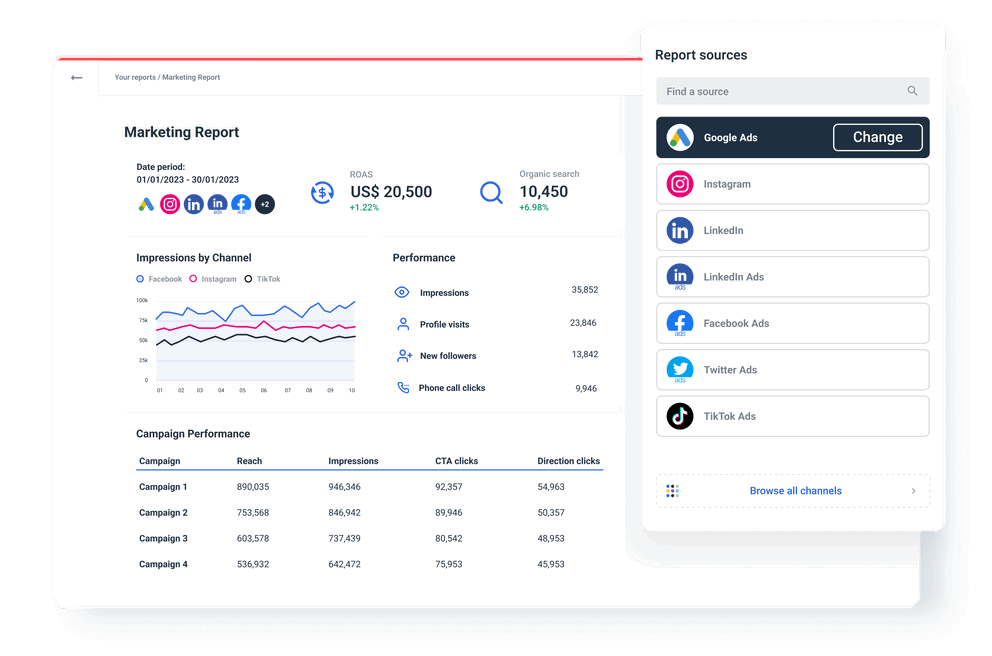
Prioritize campaign management systems with robust reporting functionality. You should be able to build reports filtered by campaign, channel, assets, audience, and date range while customizing the metrics displayed.
Easy export options are also a must. For stakeholders like the sales team and executives, you need to be able to export campaign data into shareable file formats or synced directly with business intelligence tools like Tableau.
7. Marketing Workflows and Approval Processes
Effective campaign management requires tight collaboration and coordination across teams. Your software should facilitate this by automating cross-functional workflows for campaign creation, review/approval, and launch.

With predefined templates, you can ensure best practices are codified into each campaign project. Stakeholders across teams can provide input and approve campaigns based on compliance and effectiveness criteria.
This type of oversight improves alignment between sales, marketing, and the C-suite when rolling out campaigns. It also provides transparency into campaign performance which helps secure marketing budget.
8. Scalability and Agility
As your SaaS company matures, marketing complexity will increase exponentially. Your martech stack needs to be flexible enough to grow with your evolving needs.

When evaluating campaign management solutions, ensure they can scale to support more campaigns, channels, marketers, and integrations over time.
Equally important, you need a solution that gives you the agility to evolve campaign strategies and launch new initiatives quickly. The ideal platform will provide the robust features required for enterprise-level orchestration while maintaining a user-friendly interface.
If a tool seems rigid or requires lengthy development projects to add new capabilities, it won't be able to keep pace with your company's growth. Seek out technology made specifically for agile marketing teams.
Key Takeaways
Transitioning to a new martech platform comes with challenges, but the long-term payoff is immense. Based on my experience enhancing SaaS marketing performance:
- Omnichannel campaign management software with robust targeting, scheduling, analytics, and workflows will transform your strategy execution.
- Seek solutions purpose-built for agile marketing teams that can scale with your growing campaigns and evolve with your needs.
- Prioritize platforms with cross-channel analytics, asset tracking, customized reporting, and workflows to maximize visibility, optimization, and team alignment.
With these foundational capabilities, your marketing technology will become a driver of success rather than a hindrance. SaaS marketers who arm themselves with a powerful martech stack maintain an unbeatable competitive advantage in their industry. Use these 8 must-have features as your checklist when researching options to propel your campaigns to new heights.


